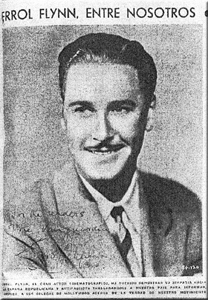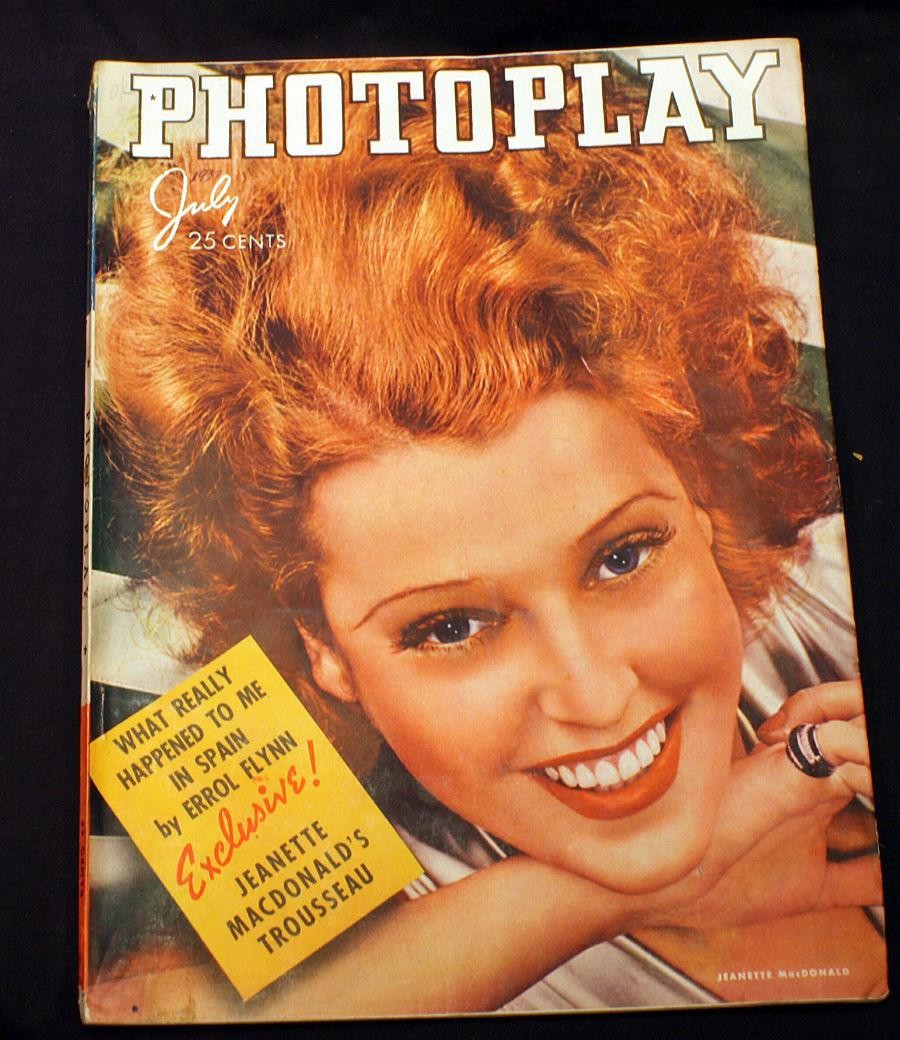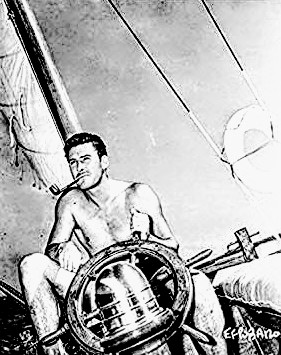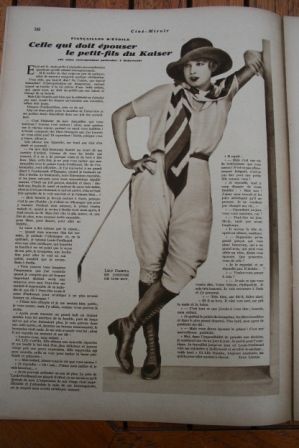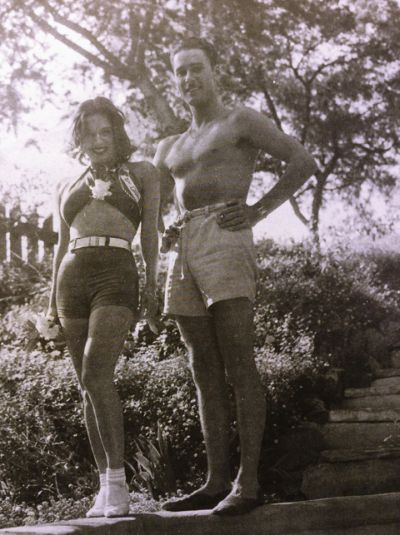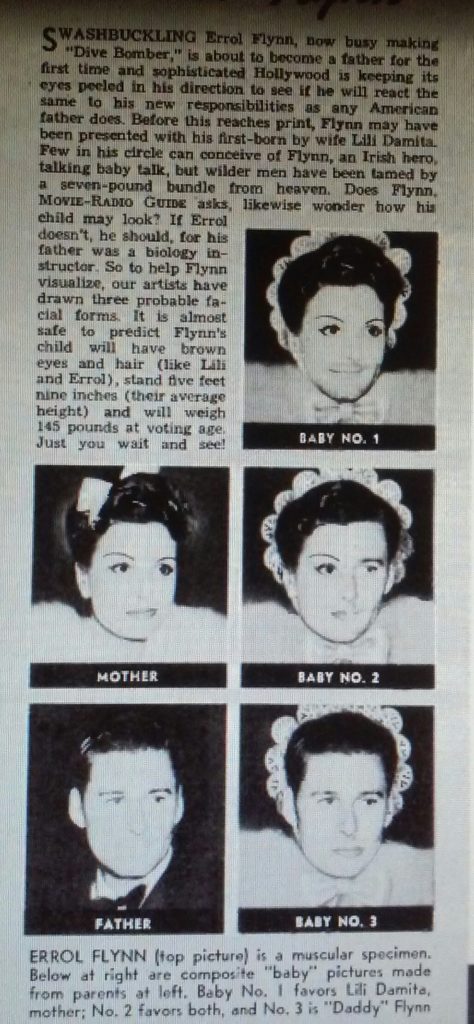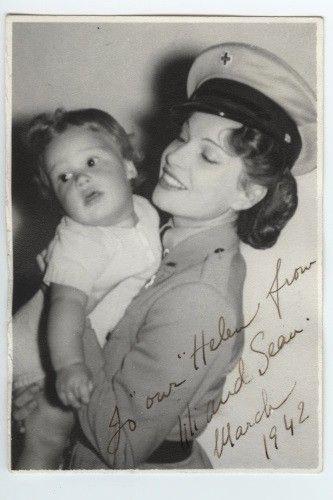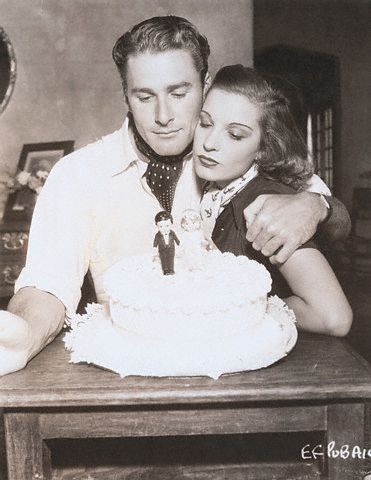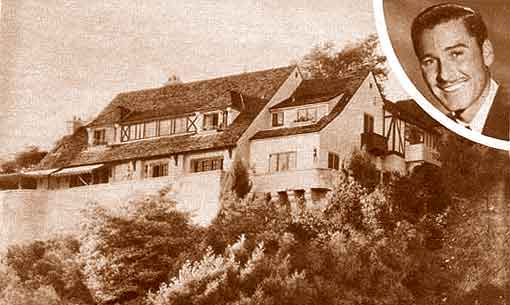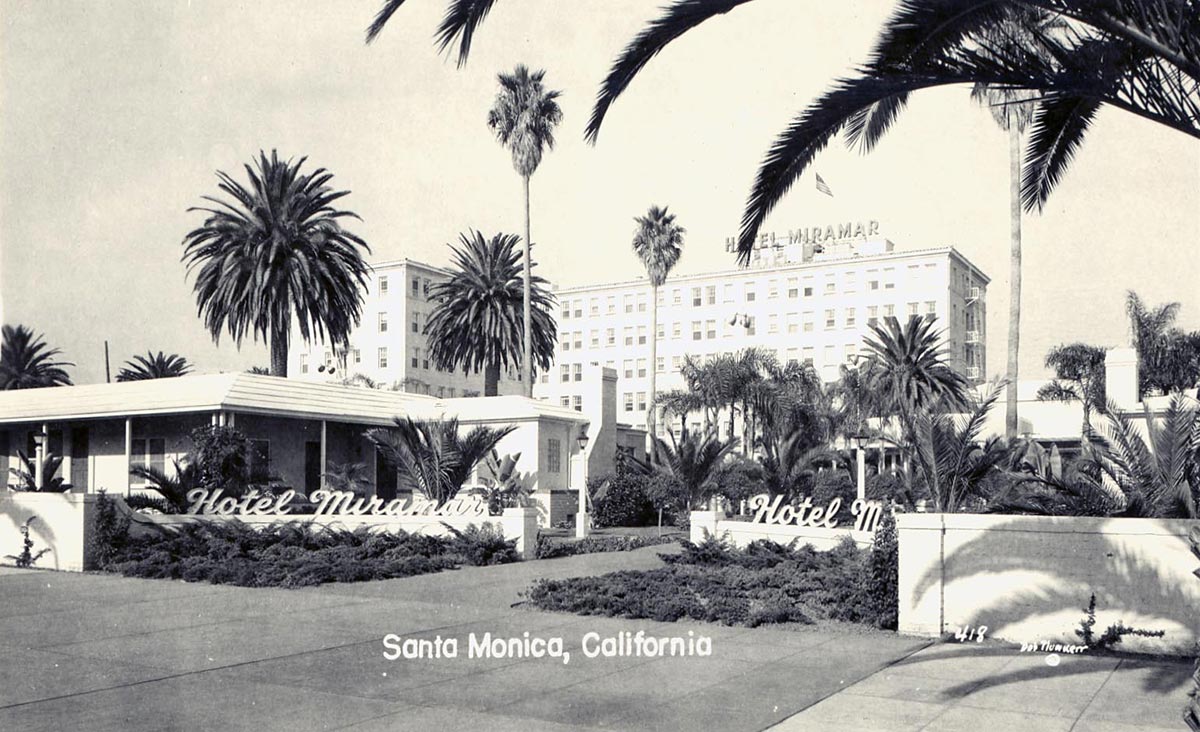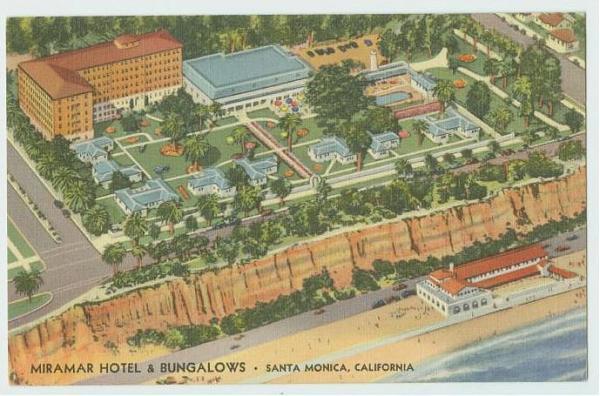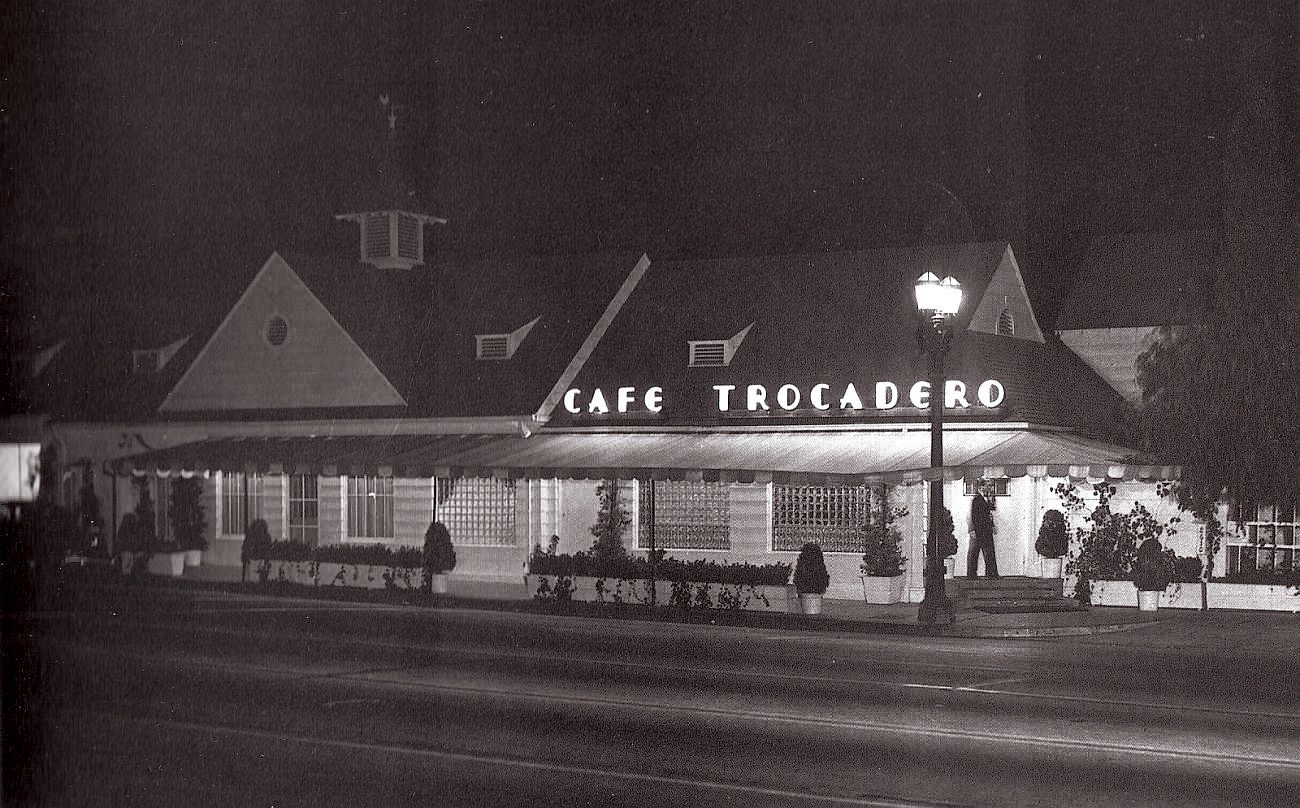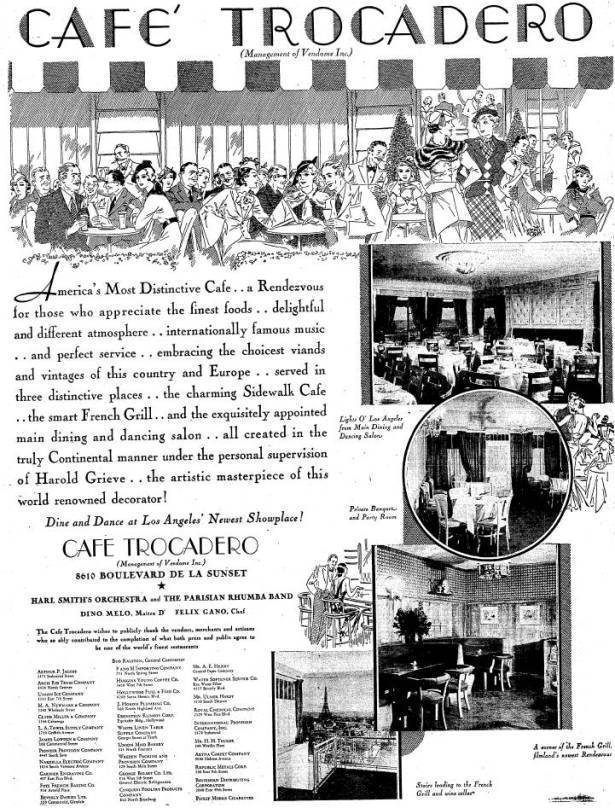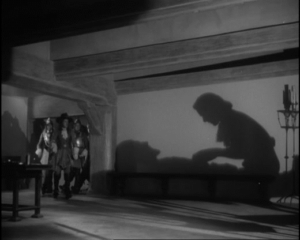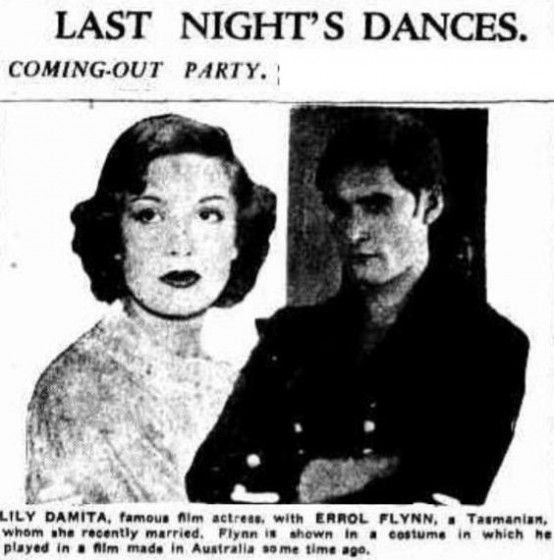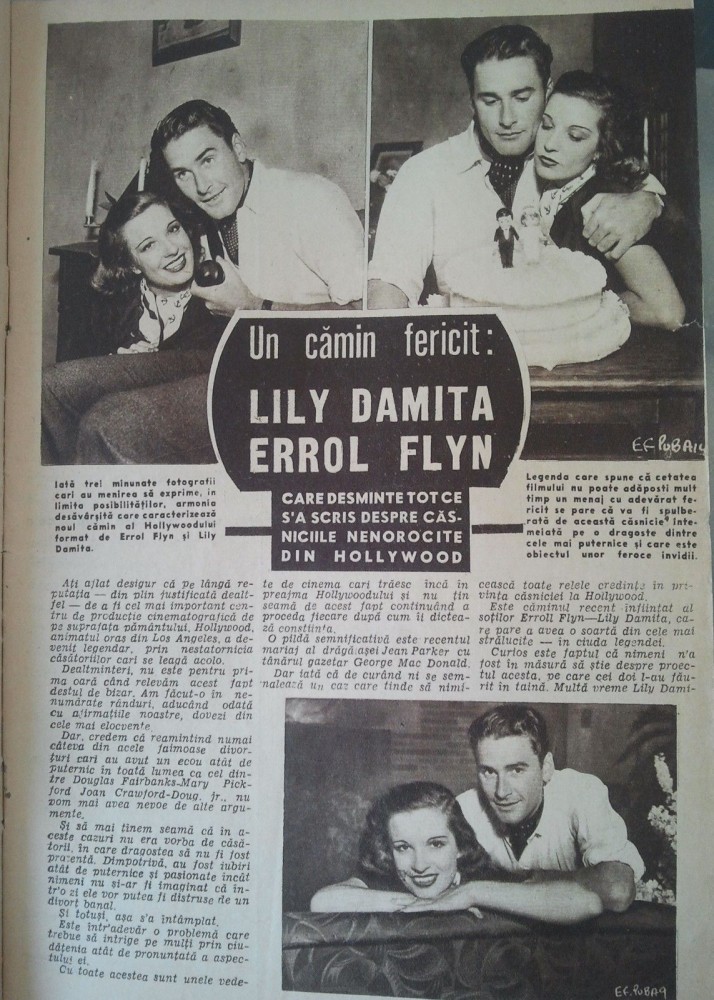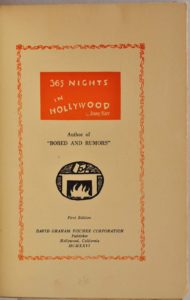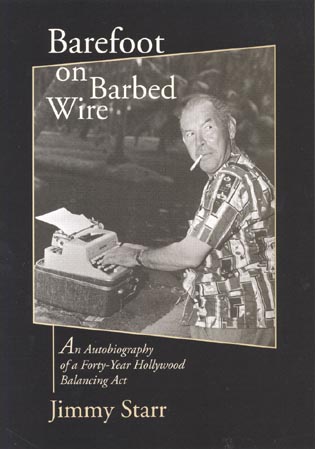One of the primary references used by Art Director Anton Grot’s team for the design of ships in Captain Blood was the Souvenirs de Marine, written by Vice Admiral Francois-Edmond Paris.
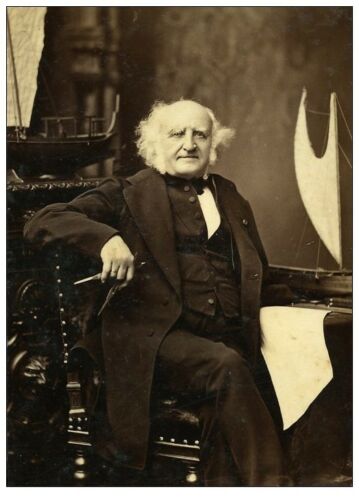
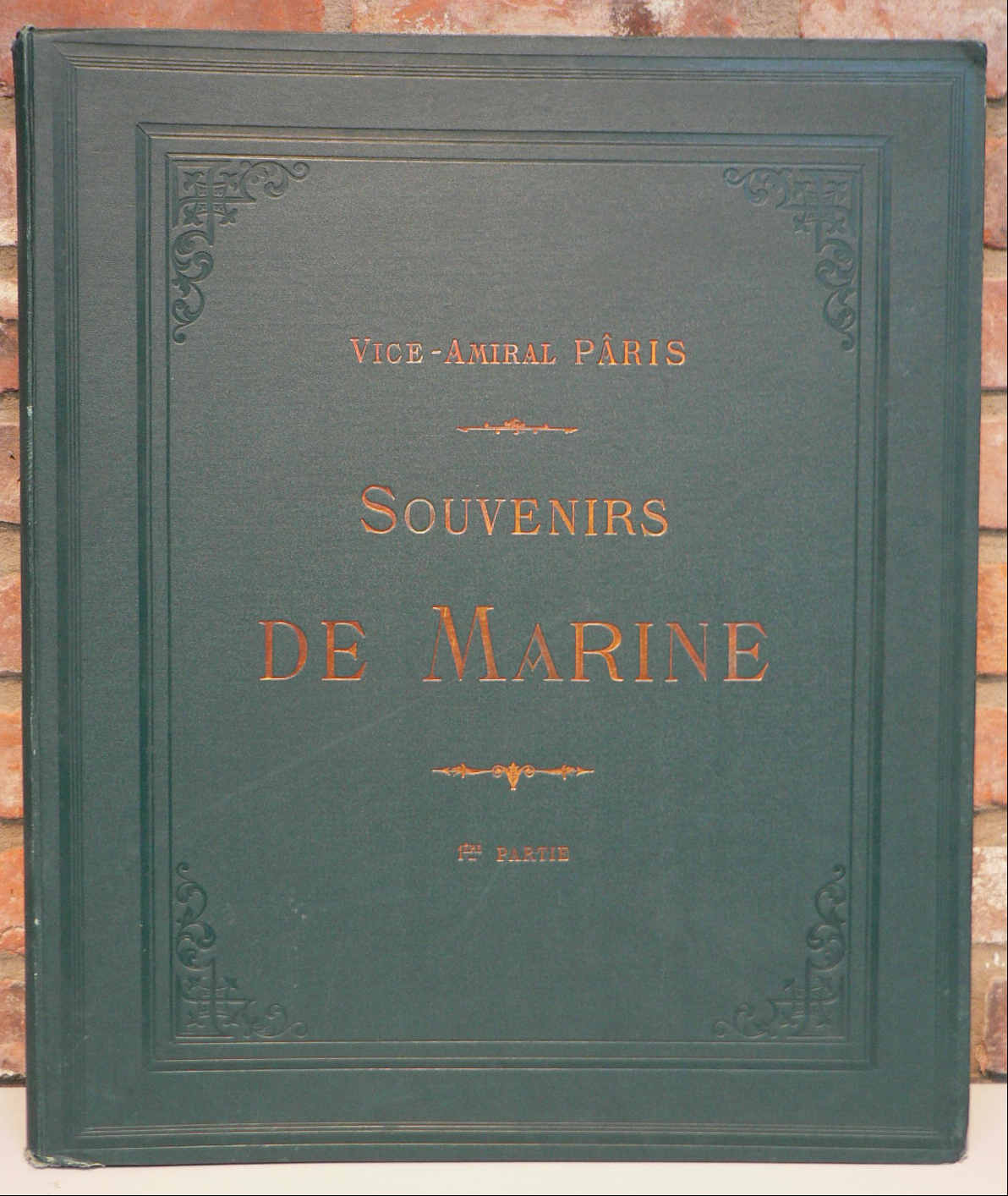
François-Edmond Pâris (1806 – 1893) was one of the most fascinating characters in French maritime history. As a young man he was involved in the last of the grand French scientific expeditions, and helped collect and classify the curiosities of the newly explored lands in Asia and the Pacific. He circumnavigated the globe three times with renowned French captains. As a surveyor and draftsman, he helped with the overwhelming success of these explorations. This opened for him a new opportunity, the honor to command one of the first steamships in the French fleet. A brilliant naval engineer, he greatly helped modernize the French navy of the 1800’s. Most of his books became classics not only in France but abroad. He is notable for his role in organising the Musée National de la Marine (National Navy Museum) in Paris. In 1871 he was appointed curator of the Navy at the Louvre, where Admiral Paris spent the last twenty-two years of his life enriching the collections, and formulating this unique set.
Description: Hard bound in publishers green cloth with blind stamped boards and gilt titles. Large Elephant folios – 22.5 ” x 19″. Massive at over 13 Lbs. each. Each volume holds 60 full page, single sided plates. Originally published 1882-1908. First reprinted in 1910. Profusely illustrated with striking full page plates of marine architectural renderings. RARE!
Souvenirs de marine Collection de plans ou dessins de navires et de bateaux anciens ou modernes existants ou disparus avec les éléments numériques nécessaores à leur construction
Pâris, François-Edmond
Publisher: Gauthier – Villars Et Fils, Paris
Publication Date: 1892, 1910, 1910
Could ships depicted in this masterwork have been models used by Warner Brothers for ships in Captain Blood and Sea Hawk? Quite possibly. Here’s one of the book’s many superb plates:
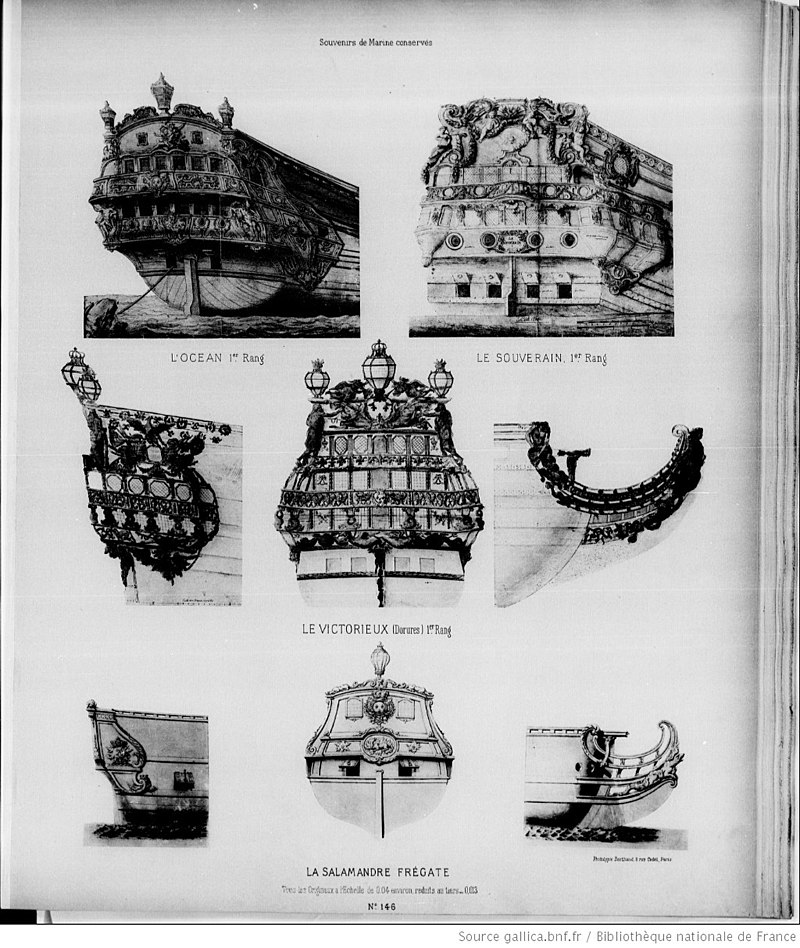
— Tim

